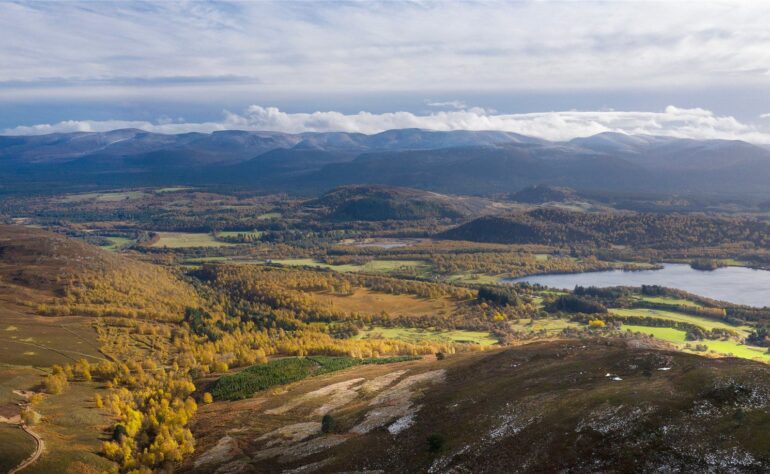Grouse moors remained largely silent this year, for the third year, following on from a poor breeding season which has limited sport shooting.
However, this did not stop the circle of destruction that surrounds the controversial industry.
The mass burning of heather which poses a serious environmental risk at a time of climate crisis—so that more grouse can be shot for sport—continued on, even when COP26 came to Britain.
The mass trapping, snaring and killing of hundreds of thousands of birds of prey, foxes, stoats, weasels, crows and badgers—so that more grouse can be shot for sport—continued on regardless.
Tens of thousands of medicated grit stations which are positioned on grouse moors to keep grouse numbers artificially high did not cease. But is there cause for hope?
Wild Moors launched its flagship campaign to unlock an area of uplands the size of Greater London from grouse shooting for nature restoration by 2030. At the time of writing we are working with landowners responsible for approximately a third of that area.
Sustainable alternatives to grouse moors are now coming to the fore. Companies including BrewDog are investing in rewilding moorlands to offset carbon in nature, communities like Langholm are coming together to buy out land to enhance social equity, and public land is being regenerated by Bradford Council for flood prevention and climate change mitigation.
The utility industry is also increasingly recognising that what’s good for nature is also good for water, with a renewed focus on sustainably managing catchments by replacing harmful practices with environmental stewardship.
It is clear that a crossover point is near to being reached with the viability of grouse moors decreasing and the value of climate solutions increasing. Indeed, for the first time in history the property market has forecast this year that landowners which prioritise grouse shooting over delivering natural capital can expect to see land values held back.
Meanwhile, in Wales the government has declared its opposition to grouse shooting — a move which some might see as positioning itself ready to take action. This sets the bar high for the rest of the UK, not least Scotland where the government signed a deal acknowledging the need to reform grouse moors and press ahead with licensing.
In England, new rules restricting burning on deep peat came into force. This has resulted in large tracts of the uplands becoming ‘no burn zones’, although Wild Moors—with the support of 13 local authorities—continues to make the case for the law to be extended to all peatlands. If the government recognises the clear environmental case for protecting all peatlands when it reviews burning in the spring, we are hopeful it can be achieved.
It’s with that spirit of hope and opportunity that we mark the end of the year and prepare for 2022. We hope that grouse moors will be replaced by wild moors, sooner rather than later.
2021 in review — thank you for helping to create Wild Moors
